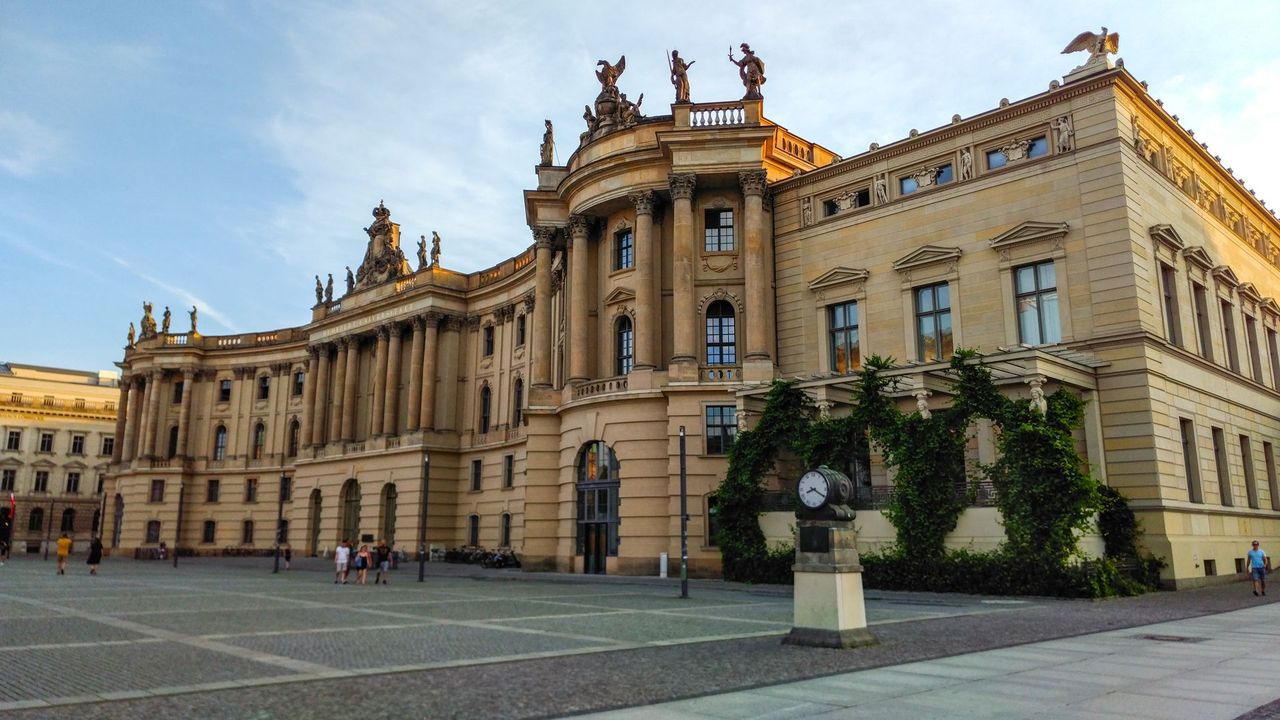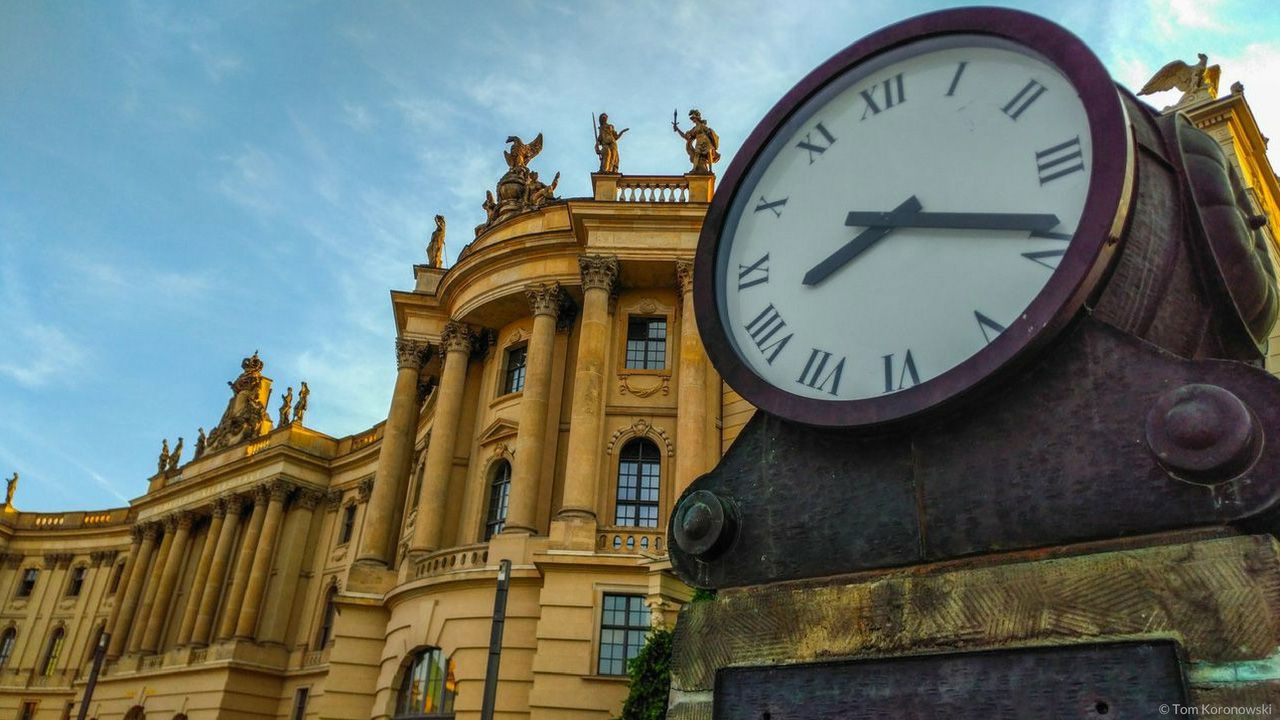Other Sights

Bebelplatz in Berlin
The Bebelplatz in Berlin is much more than a historic square. Nestled between the State Opera Unter den Linden, the Humboldt University, and St. Hedwig's Cathedral, this iconic site blends architecture, culture, and poignant history. Known as the location of the infamous book burning in 1933, the square today invites reflection and exploration in the heart of Berlin. Whether visiting the striking "Empty Library" memorial or attending a performance at the State Opera, Bebelplatz tells stories that leave a lasting impression on every visitor.
Bebelplatz: Where Berlin’s Past Meets Its Present.
Bebelplatz in Berlin
Location & Sights nearby
Situated on the south side of the Unter den Linden boulevard, Bebelplatz is surrounded by significant historical and architectural sites. To the east lies the Staatsoper, to the west are buildings belonging to the Humboldt University, and to the southeast stands St. Hedwig’s Cathedral—the first Catholic Church in Prussia after the Reformation.
Bebelplatz – A Historic Gem in the Heart of Berlin
Today, the Bebelplatz stands as one of the most stunning squares in Berlin, home to iconic landmarks such as the Staatsoper Unter den Linden, St. Hedwig’s Cathedral, Hotel de Rome, the Old Library, the Old Palace, and the Princesses’ Palace. The square often hosts major cultural events, including the Festival of Lights and the StadtLesen literary festival.
A Brief History of Bebelplatz
Constructed between 1741 and 1743 as the "Square at the Opera House," Bebelplatz has undergone several transformations. From 1910 to 1947, it was named Kaiser-Franz-Joseph-Platz after the Austrian emperor.
During World War II, much of the square’s original architecture was destroyed. Post-war reconstruction saw a mix of new buildings and historical facades, preserving the square's elegance.
However, one of the darkest chapters in Bebelplatz's history occurred on May 10, 1933, when it became the site of the infamous book burning by the Nazi regime. Works by authors such as Sigmund Freud, Erich Kästner, Heinrich Mann, Karl Marx, and Kurt Tucholsky were burned in the flames. This tragic event was orchestrated by the German Student Union with the participation of 70,000 students, professors, and members of the SA and SS.
Today, a poignant memorial known as the "Sunken Library" commemorates this event. Visitors can look through a glass panel in the square to see empty shelves below—a haunting reminder of the cultural loss.
The Staatsoper Berlin: A Legacy of Culture and Art
One of the most remarkable landmarks of Bebelplatz is the Staatsoper Unter den Linden. Built between 1741 and 1743 under the commission of Frederick II, it became a center for opera and classical music in Prussia. Despite significant damage during World War II, the opera house was rebuilt and reopened, continuing its legacy as one of the most prestigious venues in Europe. Today, it hosts world-class performances, blending history with modern artistry.
Address, opening hours...
Address: Unter den Linden 9, 10117 Berlin
Public transport: Französische Straße (U6), Hausvogteiplatz (U2), Bus: 100, 200, TXL, N2 (Staatsoper), 100, 200, 147, TXL, N2, N6 (Unter den Linden/Friedrichstraße), Tram: 12, M1 (Universitätsstraße), 12, M1 (Am Kupfergraben)
Weather
At a glance
Bebelplatz: Where Berlin’s Past Meets Its Present.
Impressions
All offers at a glance.
With the best tips for Berlin at Welcome to Berlin


